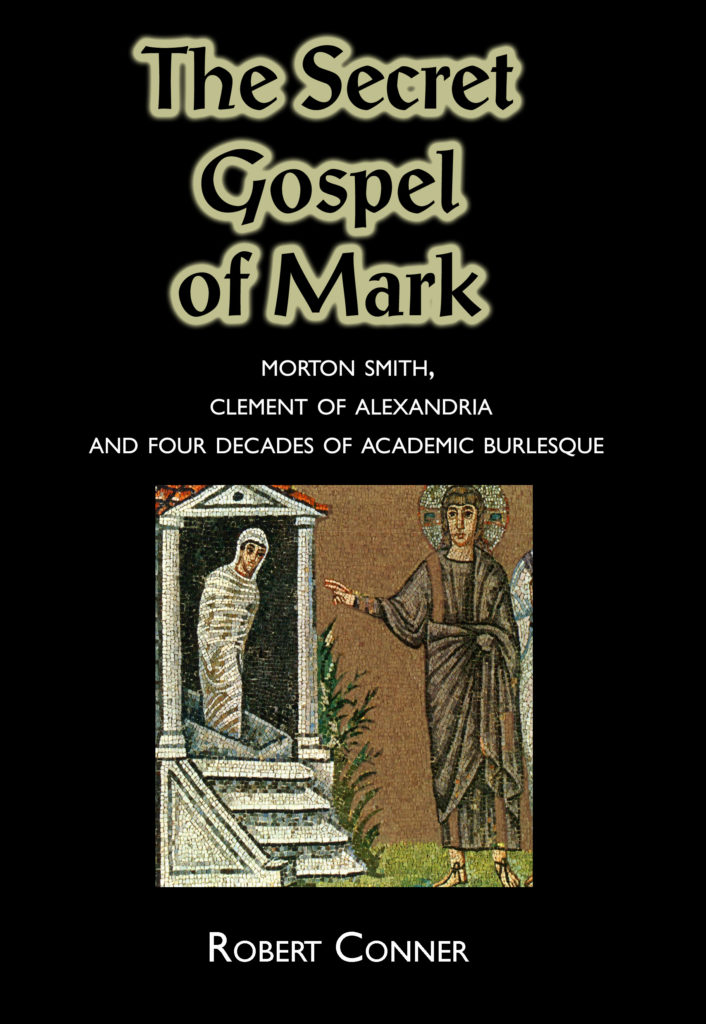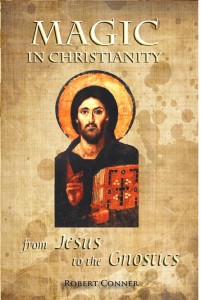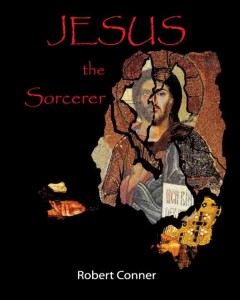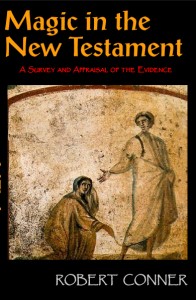JSM5
Format: Softcover
£20/US$40

Click HERE for JSM /UK
Click HERE for JSM / USA
Review of JSM 5: Journal for the Academic Study of Magic, Volume 5
The fifth volume of the Journal for the Academic Study of Magic (JSM5) continues its tradition of offering rich, scholarly insights into the multifaceted world of magic and esotericism. This edition is particularly noteworthy for its broad range of topics, which span different cultures, historical periods, and perspectives, providing readers with a well-rounded exploration of magical practices and beliefs.
Philip Jewell’s article on Flavius Josephus offers an intriguing examination of how Jewish magic was adapted to fit Roman sensibilities, shedding light on the intersection of religion, culture, and power. Dan Harms’ discussion of grimoires in the conjure tradition provides a deep dive into the practical and ritualistic uses of these texts, making it a must-read for those interested in the tangible aspects of magic.
Dana Winters’ analysis of Doctor Faustus highlights the integration of Hermetic and Cabalistic elements in Marlowe’s work, revealing the complex layers of Renaissance esotericism. Sabina Magliocco’s piece on Italian cunning craft introduces readers to a lesser-known tradition, offering preliminary but valuable observations that encourage further study.
J.A. Silver Frost’s exploration of secret astrologers operating within mainstream professions is both fascinating and accessible, showing how these individuals navigated societal norms while practising their craft. Patrick Maille’s article on martyrs, magic, and Christian conversion presents a thought-provoking look at how magic influenced religious transitions.
Kennet Granholm’s study of Pekka Siitoin provides a critical examination of the darker intersections of anti-Semitism, Theosophy, and Christianity in occult doctrines, offering a sobering reminder of the political dimensions of esoteric beliefs. Lastly, Marguerite Johnson’s exploration of sex magic in 1950s Australia offers a glimpse into the intersection of sexuality and the occult, a topic that remains relevant in contemporary studies.
Overall, JSM5 is a compelling and diverse collection of essays that will appeal to both scholars and enthusiasts of magic. It successfully bridges the gap between academic rigour and the captivating nature of its subject matter.




